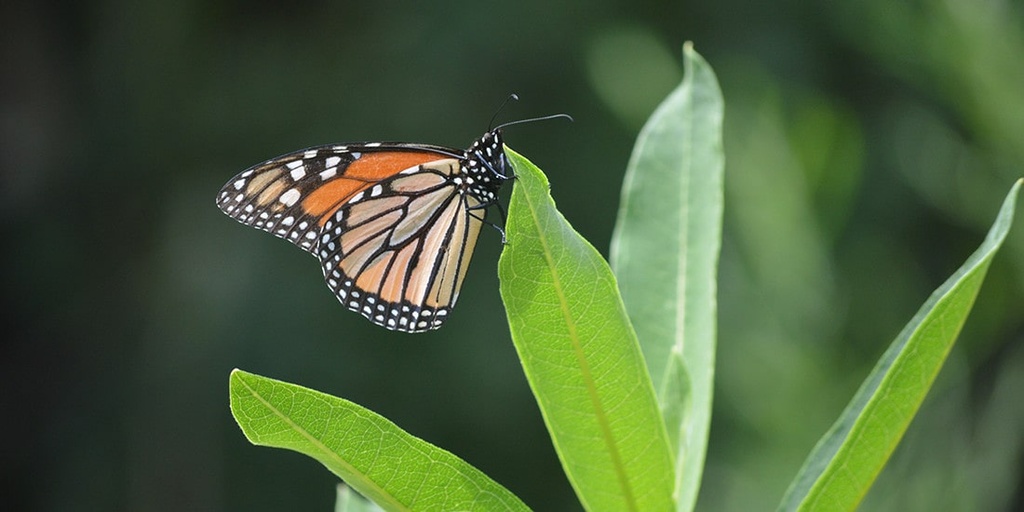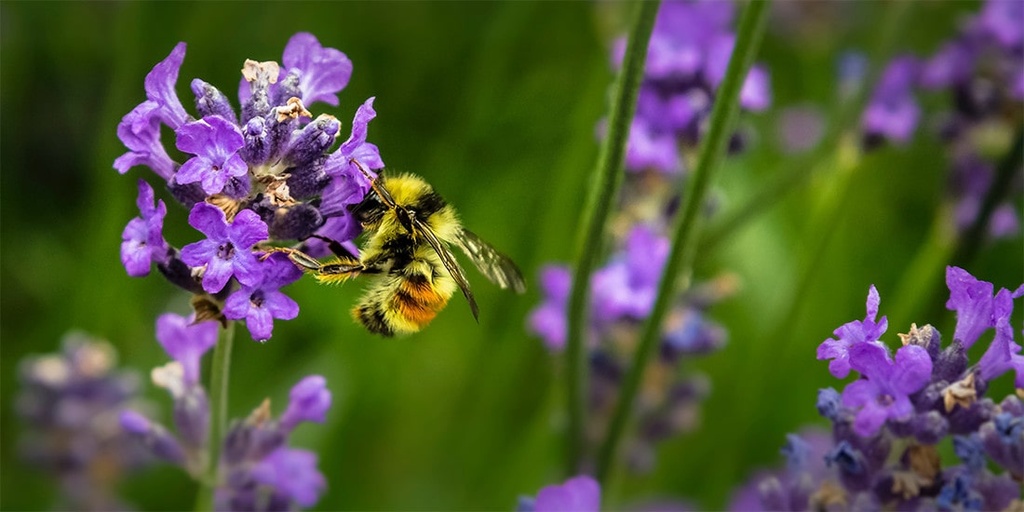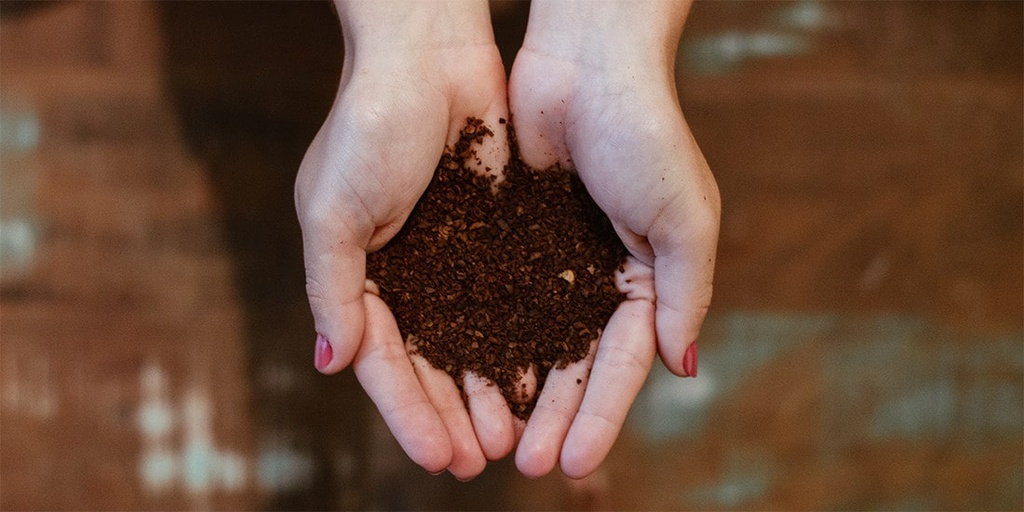Plant native milkweed
- Earth Points
- 1
- Ease
- Easy
Description
Monarchs are large and brilliantly colored butterflies that are among the most easily recognizable. They are one of the few migratory insects, traveling great distances between summer and winter. In the summer, they range as far north as Canada. When the weather turns cooler, they head to Mexico and coastal California.
This beautiful butterfly population has dramatically decreased by the millions. Record low numbers have been noted recently in Mexico, California, Chicago, and Canada. This is partly due to the loss of milkweed, the overuse of insecticides, the land being converted to farmland to support livestock, and a changing climate.
The simplest way to help is by planting milkweed! Native milkweeds are the only plant on which a monarch lays its eggs, so the plant is crucial for the species' survival. If you have some land or know a good spot, get some inexpensive seeds and plant away!
For your efforts, you get a nice-looking plant that is easy to maintain. Plus, almost magically, the monarchs will likely find your milkweed treasure and stop by to say hello along their North American journey.
Tips
• There is actually a wide range of different species of milkweed. Research what is native to your region. Finding a native plant nursery is a great first step, or you may be able to figure out where to focus with an online search.
• Why native? Non-native milkweeds can confuse migratory patterns and sometimes cause diseases in monarch butterflies.
• Besides your local native plant nursery, you can often find affordable seeds online once you know the particular milkweed you want to plant.
• If you want to go above and beyond, plant a combination of native milkweed plants and other pollinator plants to support other pollinating species. It is helpful to plant flowers that bloom in late summer, like goldenrods and asters. They help nourish monarchs for the long migration to their wintering grounds.
• If you are planting in an area that gets cold in the winter, make sure that you cold stratify the seeds to aid in germination.
• Concerned about your pets eating the plant? Unless yours is prone to dining on terribly bitter-tasting greenery, you should be fine. It is tasty for butterflies but usually not pets.
• Take pictures and spread the love through eco-friendly plant gifting and social media!


